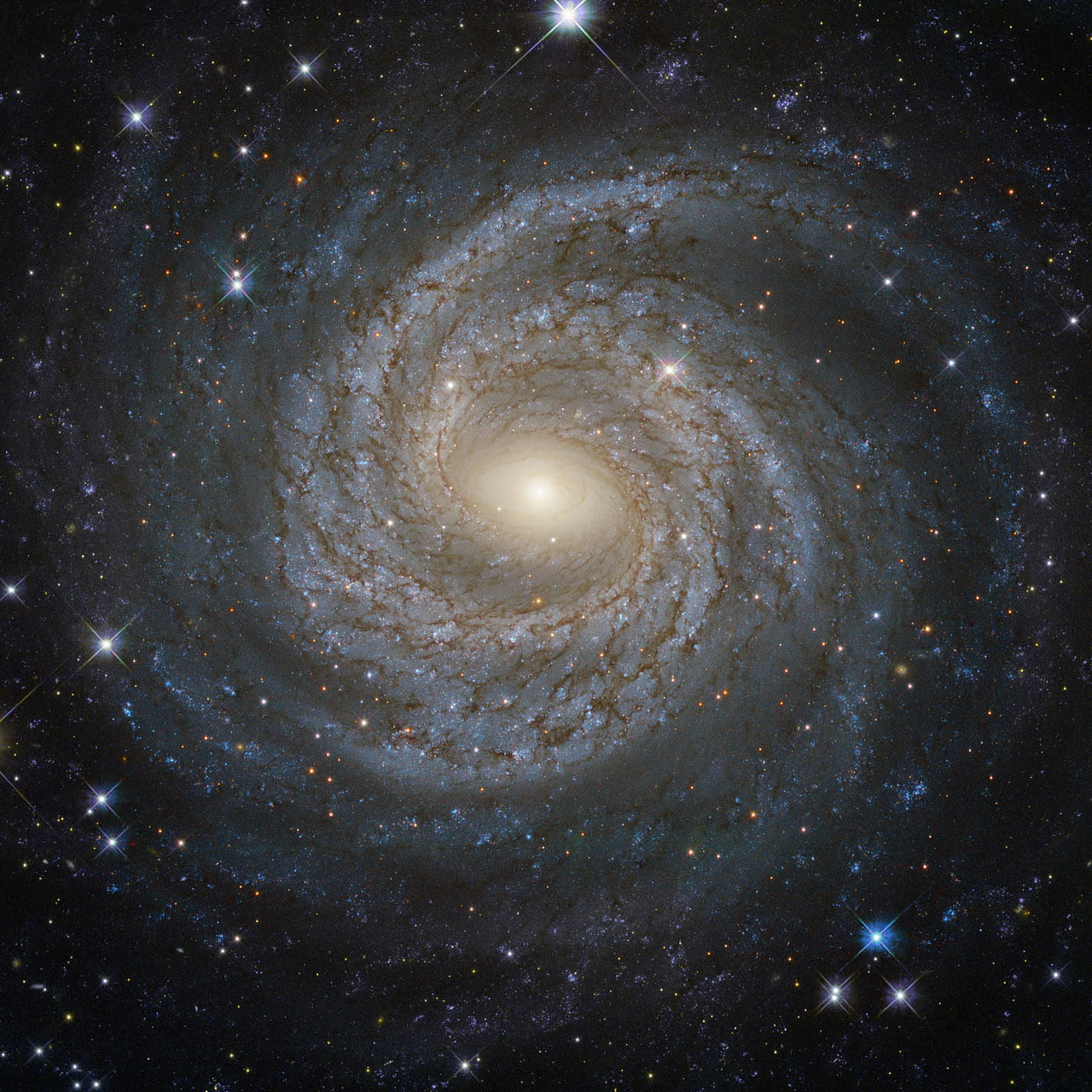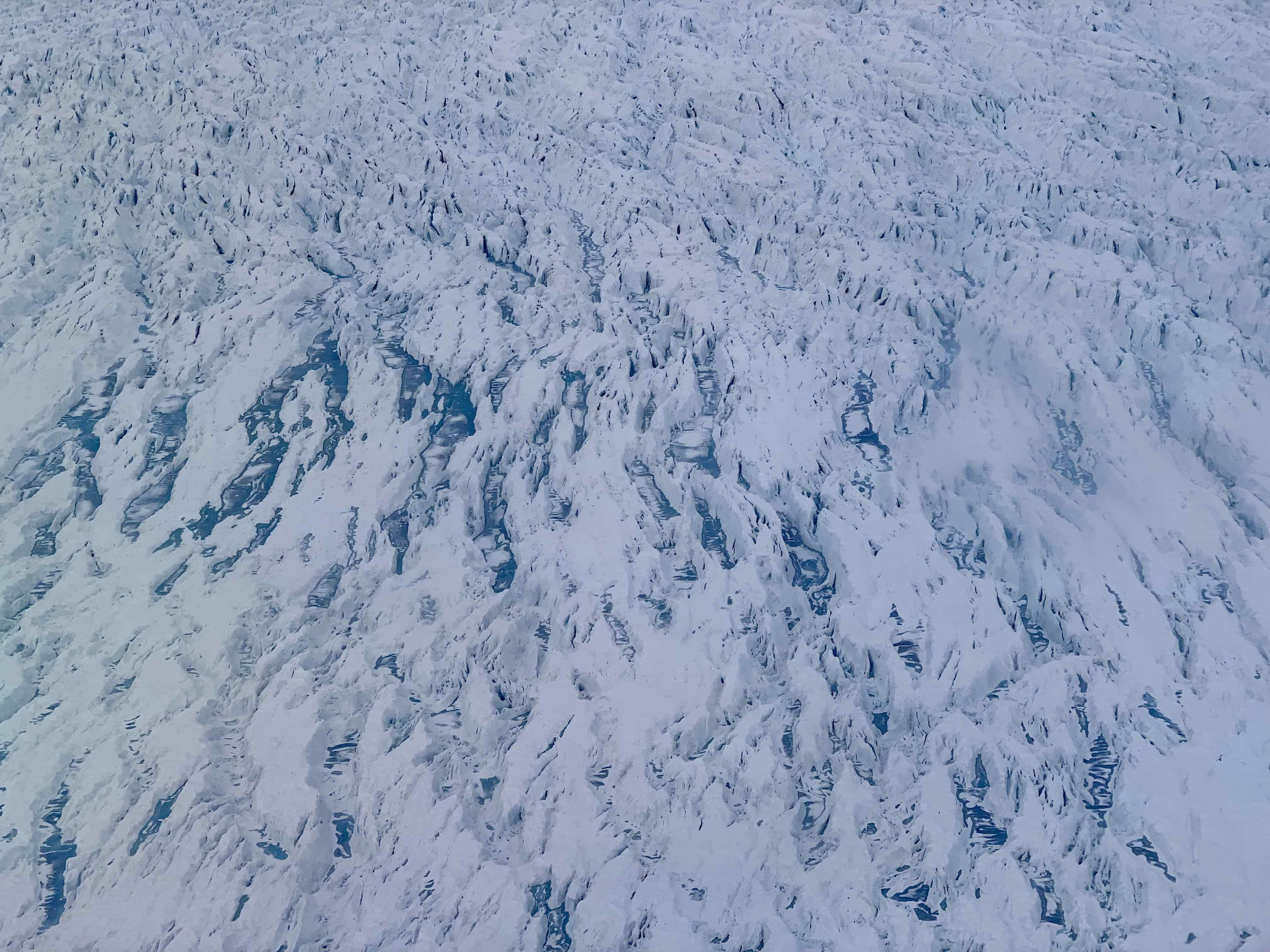Universe much brighter than thought, UCI, others find
UC Irvine cosmologist Asantha Cooray is co-author of new findings to be published Nov. 7 in the prestigious journal Science.
UC Irvine cosmologist Asantha Cooray is co-author of new findings to be published Nov. 7 in the prestigious journal Science. A NASA sounding rocket experiment detected a surprising surplus of infrared light in the dark space between galaxies, a diffuse cosmic glow as bright as all known galaxies combined. That glow is thought to be from orphaned stars flung out of galaxies. The findings could mean that galaxies aren’t contained in previously set boundaries, instead stretching out to great distances and forming a vast, interconnected sea of stars. Observations from the Cosmic Infrared Background Experiment, or CIBER, are helping settle a debate on whether this background infrared light, previously detected by NASA’s Spitzer Space Telescope, comes from these streams of stripped stars or from the first galaxies to form in the universe. “We have uncovered the presence of extra infrared light in the universe spread over distances much larger than galaxy sizes,” Cooray said. “With the sounding rocket experiment, we are now starting to understand the origin of this light, thanks to its blue color. This adds important new data to results my team first discovered using data from the Spitzer Space Telescope in 2012.”


